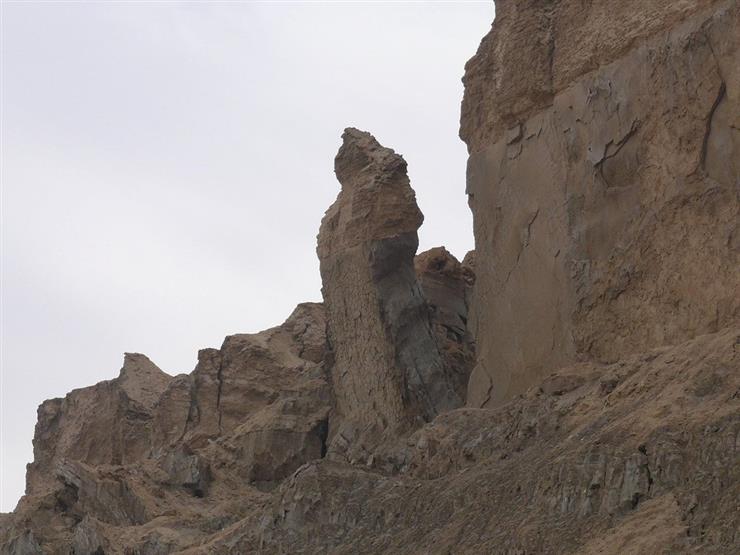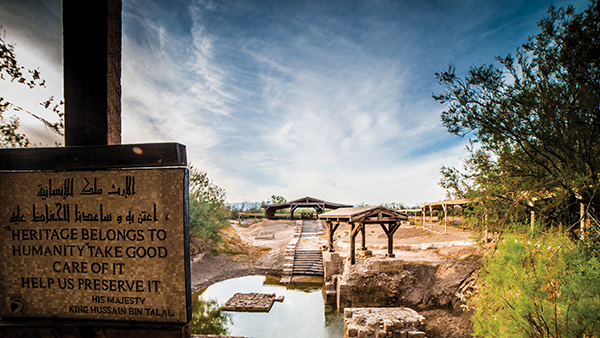Dead Sea
A spectacular natural wonder the Dead Sea that is located 427 meters below sea level is perfect for wellness and religious tourism, fun in the sun with the family. With its mix of beach living and religious history you can soak up the sun while Biblical scholars can get their daily dose of religious history. The leading attraction at the Dead Sea is the warm, soothing, super salty water itself – some ten times saltier than sea water, and rich in chloride salts of magnesium, sodium, potassium, bromine and several others. The unusually warm, incredibly buoyant and mineral-rich waters have attracted visitors since ancient times, including King Herod the Great and the beautiful Egyptian Queen, Cleopatra. All of whom have luxuriated in the Dead Sea's rich, black, stimulating mud and floated effortlessly on their backs while soaking up the water's healthy minerals along with the gently diffused rays of the Jordanian sun.

Museum & Lot’s Cave
This small museum near the Dead Sea is a wonder in and of itself with its unique location and interesting collection of artifacts. Located at the lowest point on Earth the museum hosts a collection of materials from Lot’s cave (located just up the hill from the museum) and amazingly preserved Graeco-Roman clothing in addition to hundreds of Greek inscriptions. While visiting the museum, the walk up to Lot’s cave is highly recommended. This cave is believed to be where the Prophet Lot escaped to following the story of Sodom and Gomorrah. The cave is believed to have been transformed into a church and the intricate mosaic floor can still be seen today.

The Baptism Site
Al-Maghtas, the Baptism Site of Jesus of Nazareth, signifies a landmark moment of the origin of Christianity. Religious and non-religious tourists alike will walk through a peaceful path of gorgeous Dead Sea vegetation to the location where Jesus was Baptised by John The Baptist. Located nine kilometers to the north of the Dead Sea visitors will have the pleasure of viewing sites built during the Roman and Byzantine empires. Al Maghtas is listed on the UNESCO’s World Heritage List.